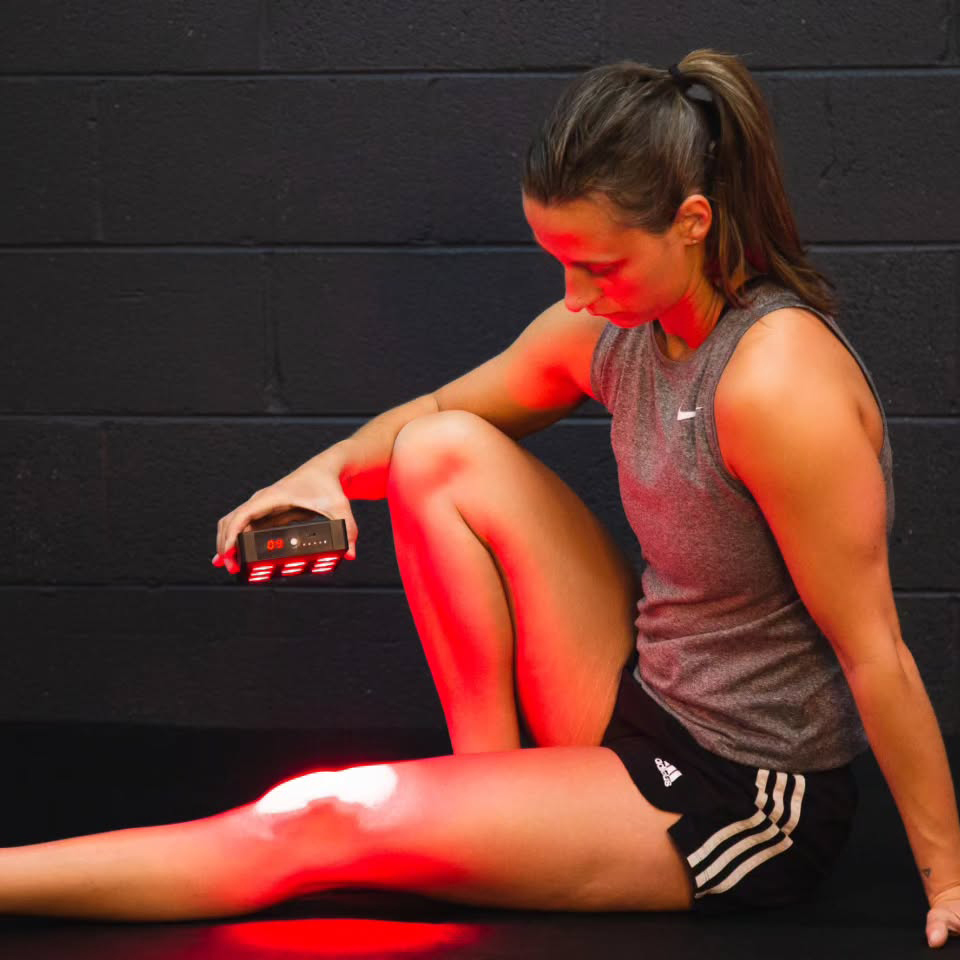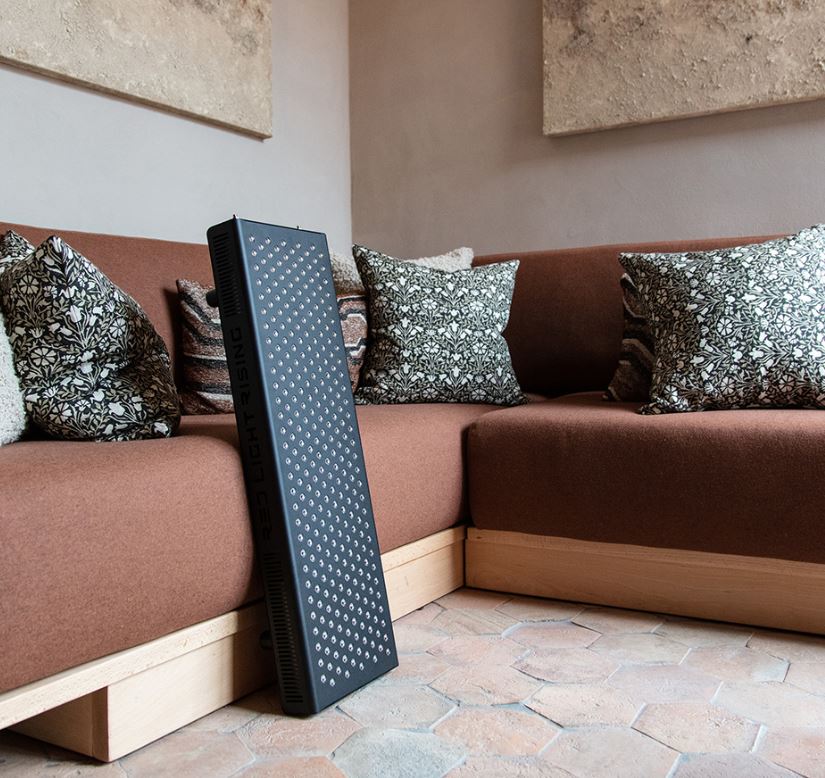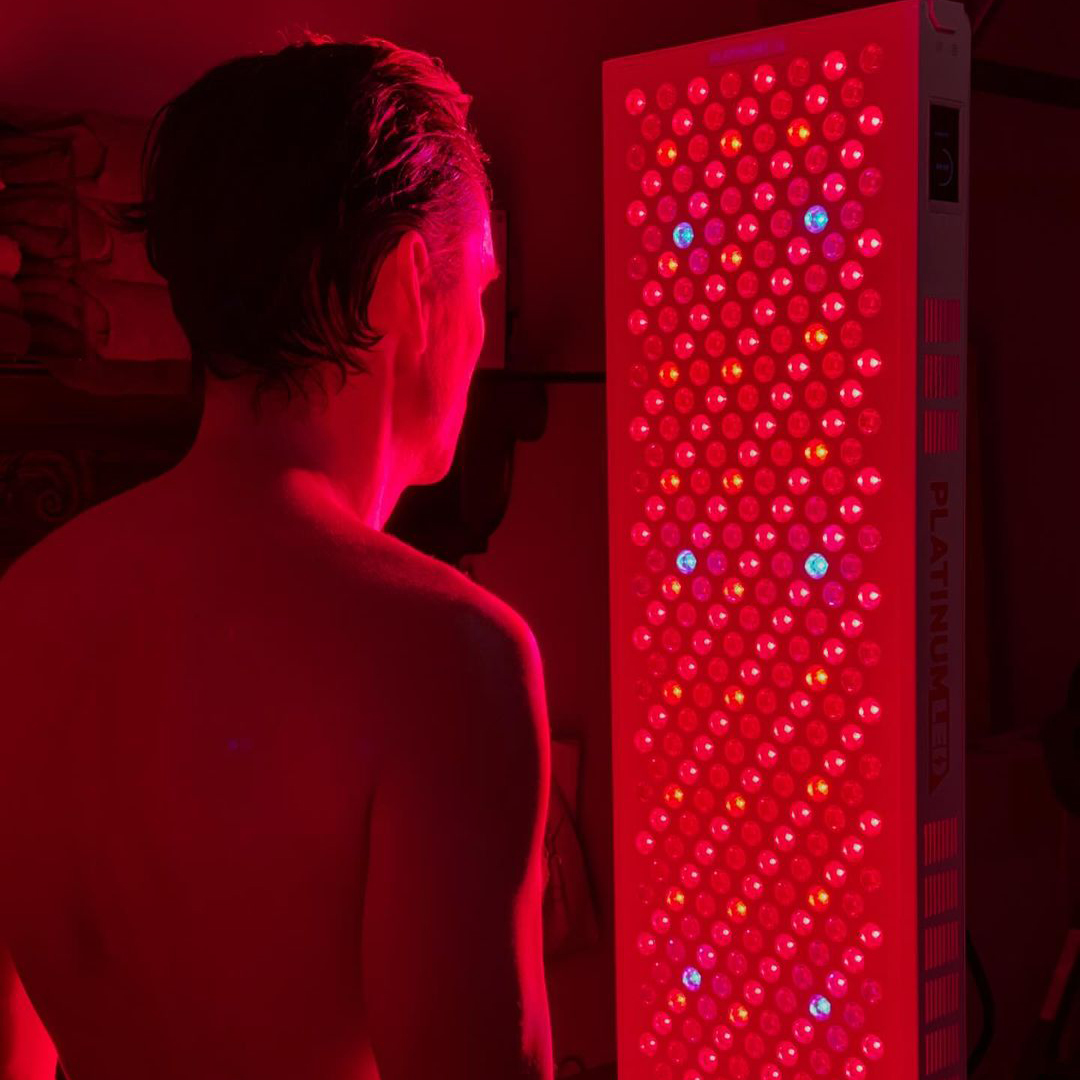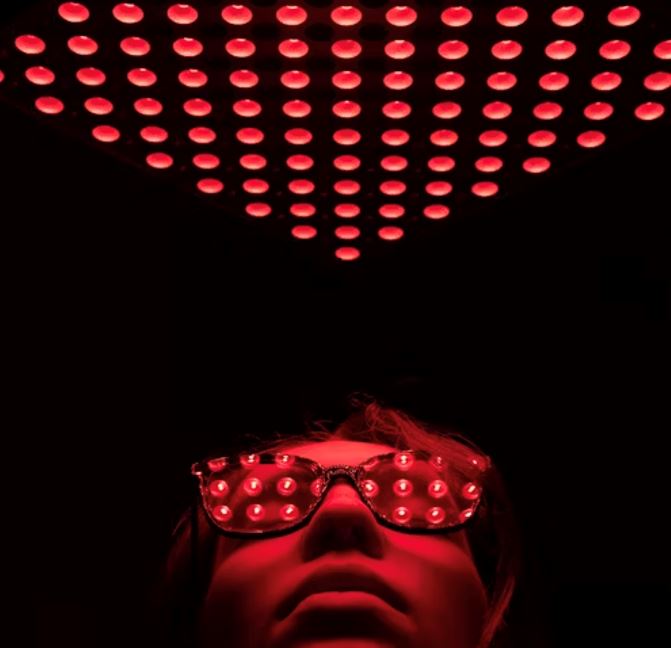![]() Free Shipping
Free Shipping ![]() Buy Now, Pay Later
Buy Now, Pay Later ![]() Eligible
Eligible
How Blue Light Therapy Can Help Treat Your Actinic Keratosis
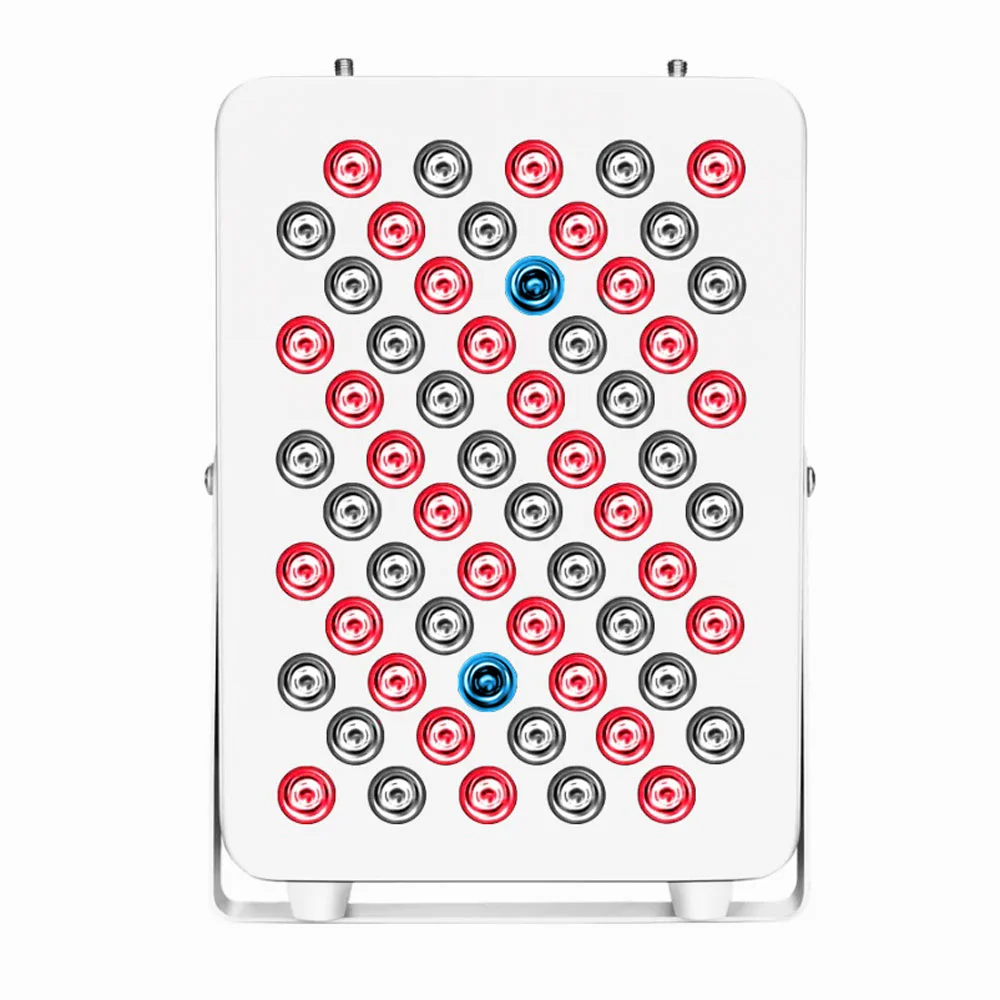
Actinic keratosis (AK) is a common skin condition caused by prolonged exposure to ultraviolet (UV) radiation from the sun or tanning beds. These rough, scaly patches—often found on the face, ears, scalp, and hands—are considered precancerous, meaning they can develop into squamous cell carcinoma if left untreated. While there are several treatment options available, blue light therapy has emerged as an innovative, non-invasive solution that effectively targets AK lesions with minimal side effects.
In this article, we’ll explore:
- What blue light therapy is and how it works
- The science behind its effectiveness for actinic keratosis
- What to expect during treatment
- Benefits and potential side effects
- How it compares to other AK treatments
By the end, you’ll have a clear understanding of whether blue light therapy could be the right choice for managing your actinic keratosis.
What Is Blue Light Therapy?
Blue light therapy is a type of photodynamic therapy (PDT) that uses a specific wavelength of light to destroy abnormal skin cells. Unlike UV light, which damages DNA and increases skin cancer risk, blue light operates at a safe wavelength (typically around 417 nm) that selectively targets precancerous and damaged cells.
How Does It Work?
The treatment involves two key steps:
- Application of a Photosensitizing Agent – Before light exposure, a topical solution called aminolevulinic acid (ALA) or methyl aminolevulinate (MAL) is applied to the affected skin. These compounds accumulate in abnormal cells, making them highly sensitive to light.
- Blue Light Exposure – After allowing the solution to absorb (usually 1-3 hours), the skin is exposed to blue light. This activates the photosensitizing agent, triggering a chemical reaction that destroys the AK lesions while sparing healthy surrounding tissue.
The entire process takes about 30-60 minutes, depending on the size of the treated area.
Why Blue Light Therapy Works for Actinic Keratosis
Actinic keratosis develops when UV radiation causes mutations in skin cells, leading to uncontrolled growth. Traditional treatments like cryotherapy (freezing) or topical creams work by physically removing or chemically destroying these abnormal cells. Blue light therapy, however, offers a more targeted approach:
- Precision Targeting – The photosensitizing agent concentrates in rapidly dividing cells (like AK lesions), ensuring that only damaged tissue is affected.
- Minimal Scarring – Unlike surgical removal, blue light therapy doesn’t involve cutting or burning, reducing the risk of scarring.
- Stimulates Immune Response – Research suggests that PDT may enhance the body’s ability to recognize and eliminate abnormal cells, potentially reducing recurrence.
Clinical Evidence Supporting Blue Light Therapy
Multiple studies have demonstrated the effectiveness of blue light therapy for AK:
- A study published in the Journal of the American Academy of Dermatology found that blue light PDT achieved a 70-90% clearance rate for actinic keratosis after one or two sessions.
- Another study in Dermatologic Surgery reported that patients experienced longer remission periods compared to cryotherapy.
- Because it treats large areas at once, it’s especially useful for patients with multiple AK lesions (field cancerization).
What to Expect During Treatment
If you and your dermatologist decide that blue light therapy is right for you, here’s what the process typically looks like:
Before Treatment
- Your skin will be cleaned, and the photosensitizing agent will be applied.
- You may feel a slight tingling or warmth as the solution absorbs.
- You’ll wait 60-180 minutes (depending on the agent used) before light exposure.
During Light Exposure
- You’ll wear protective goggles to shield your eyes from the blue light.
- The light is delivered via a specialized lamp or LED device for about 16-20 minutes.
- Some patients report a stinging or burning sensation, but this usually subsides quickly.
After Treatment
- Redness, swelling, and peeling are common but typically resolve within a week.
- You’ll need to avoid direct sunlight for 24-48 hours to prevent photosensitivity reactions.
- Most patients require 1-3 sessions, spaced a few weeks apart, for optimal results.
Benefits of Blue Light Therapy for AK
Compared to other treatments, blue light therapy offers several advantages:
✅ Non-Invasive – No cutting, freezing, or harsh chemicals.
✅ Effective for Large Areas – Treats multiple lesions at once.
✅ Minimal Downtime – Most people resume normal activities immediately.
✅ Cosmetically Favorable – Less scarring than surgical options.
✅ Reduces Risk of Progression – Helps prevent AK from turning into skin cancer.
Potential Side Effects
While generally safe, some patients may experience:
- Temporary redness and peeling (similar to a sunburn)
- Mild discomfort during treatment
- Increased sensitivity to sunlight for a short period
These effects are usually mild and manageable with proper aftercare.
How Blue Light Therapy Compares to Other AK Treatments
| Treatment | How It Works | Pros | Cons |
|---|---|---|---|
| Blue Light Therapy | Activates a photosensitizer to destroy AK cells | Non-invasive, treats multiple lesions, minimal scarring | Requires sunlight avoidance, may need multiple sessions |
| Cryotherapy | Freezes lesions with liquid nitrogen | Quick, single-session option | Can cause blistering, scarring, not ideal for large areas |
| Topical Creams (5-FU, Imiquimod) | Chemically destroys abnormal cells | Can be used at home | Causes significant irritation, long treatment duration |
| Laser Therapy | Uses focused light to vaporize lesions | Precise, good for thick lesions | Expensive, risk of scarring, longer recovery |
For patients with multiple or recurrent AKs, blue light therapy is often preferred because it treats the entire affected area rather than just individual spots.
Is Blue Light Therapy Right for You?
Blue light therapy is an excellent option for:
✔ People with multiple actinic keratosis lesions
✔ Those who want a non-surgical approach
✔ Individuals who’ve had poor results with creams or freezing
✔ Patients looking for minimal downtime
However, it may not be suitable if:
✖ You have porphyria or lupus (increased light sensitivity)
✖ You can’t avoid sunlight for 48 hours post-treatment
✖ You have very thick or advanced lesions (may require excision)
Consult your dermatologist to determine if blue light therapy is the best choice for your skin.
Final Thoughts
Actinic keratosis should never be ignored, as it can progress to skin cancer if untreated. Fortunately, blue light therapy provides a safe, effective, and minimally invasive way to eliminate these precancerous lesions with impressive success rates.
If you’re tired of painful freezing treatments or the long recovery from surgery, ask your dermatologist about photodynamic therapy with blue light. It could be the breakthrough treatment that clears your skin while keeping it healthy and cancer-free.





